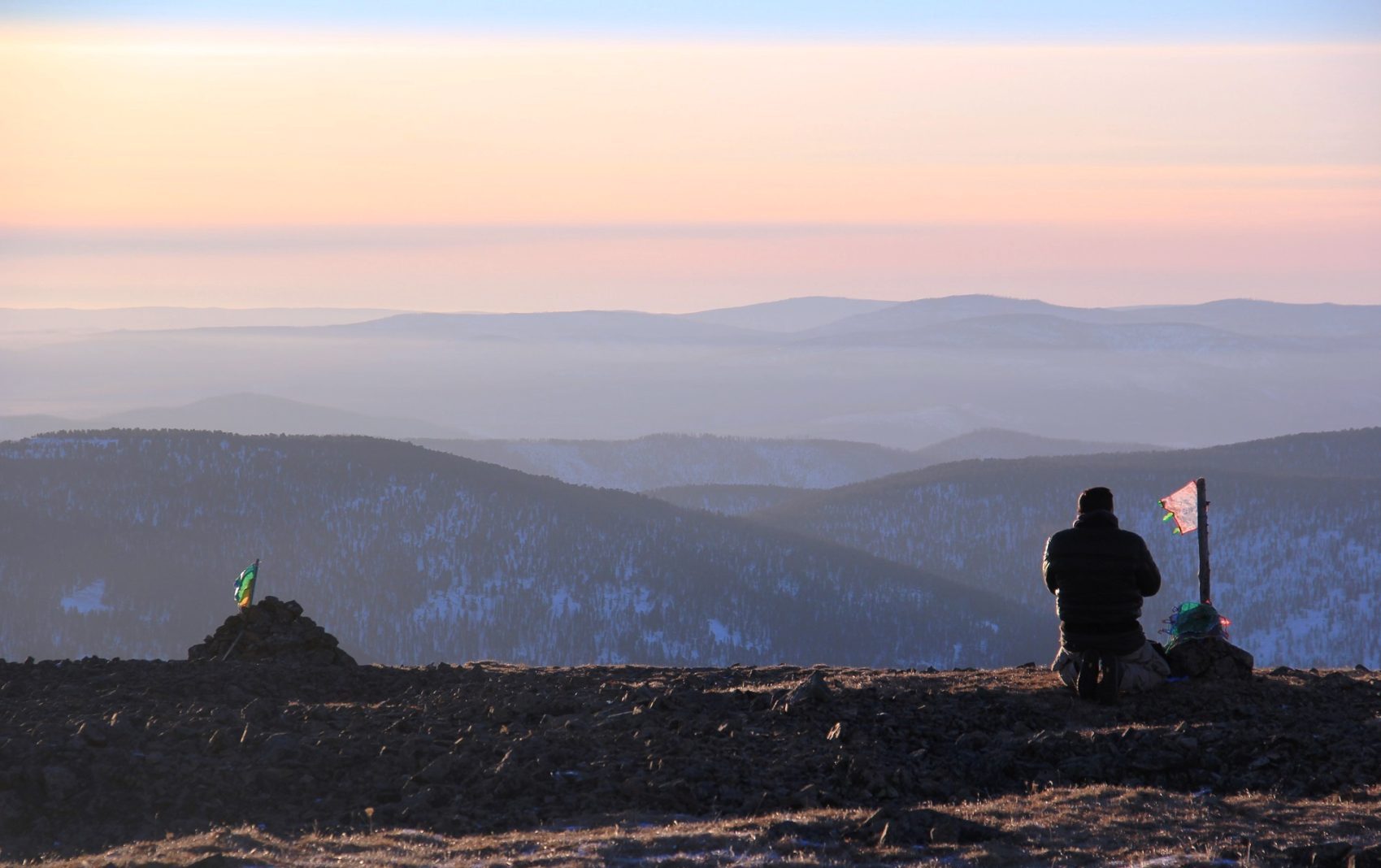
- This event has passed.
Tsagaan Sar
February 15, 2024 @ 8:00 am - February 18, 2024 @ 5:00 pm

The Tsagaan Sar festival celebrates the New Year and the end of winter or the beginning of spring, although it takes place between January and mid-March. The date is based on the Buddhist calendar and the lamas are always very careful to calculate the exact time when the year begins. A cultural reference is usually made to the Tibetan Losar festival, which is celebrated on the second new moon after the winter solstice. Translated, Tsagaan Sar means “white month” or “white moon”. The white refers to the white foods, the dairy products that are eaten with pleasure during the festival. This can be the dried quark Aarul, yoghurt, milk or cream. The festival lasts two to three days. On the first day, the eve of the new year, you eat together with your family. In the days that follow, people visit relatives and eat lots of buuz, steam-cooked dumplings filled with meat. A few hundred of these are hand-rolled per family in the days leading up to the festival and then stored. Then the locals visit a monastery where they get the blessing of the lamas for the new year. Of course, they also drink a lot of milk tea and home-distilled schnapps. An unusual specialty is the fat sheep’s tail, which is offered to every guest as something very special. The Mongolians need the fat to withstand the extreme sub-zero temperatures in winter. A piece of fat sheep’s tail is often put in the babies’ mouths like a pacifier. The New Year’s cake consists of oblong loaves fried in fat, which are piled up in odd numbers – for good luck – in a large bowl and decorated with dairy products, sweets and pieces of sugar. All give gifts to each other and a khadak, a blue cloth symbolizing the color of the sky, must be hung over each gift. If you want to give a gift to the elderly, you must wear a hat as a sign of respect. The greeting “Saikhan Shinleerei” is then customary and the younger person holds their open hands outstretched in front of them and reaches under the arms of the older one as if to support them. Instead of a real hug, the air is audibly drawn through the nose, as if you were smelling the other person. This gesture emphasizes that the old can trust the young. The typical exchange of snuff bottles is celebrated especially at the Tsagaan Sar Festival. Under the traditional Mongolian coat, the deel, the snuff bottle, which usually consists of beautiful porcelain, is brought out and wrapped in a cloth. This is then handed over half open so that the other person can sniff it. Just as every door of a yurt is open to strangers, the opened snuff bottle symbolizes a warm welcome. Traditionally there is a lot of singing. Most of the time, the Mongolians sing about their horses, their mother, nature and their homeland. As a guest, you often get embarrassed when you have to sing a song yourself. Afterwards the traditional bone snipping game Shagai is played.

